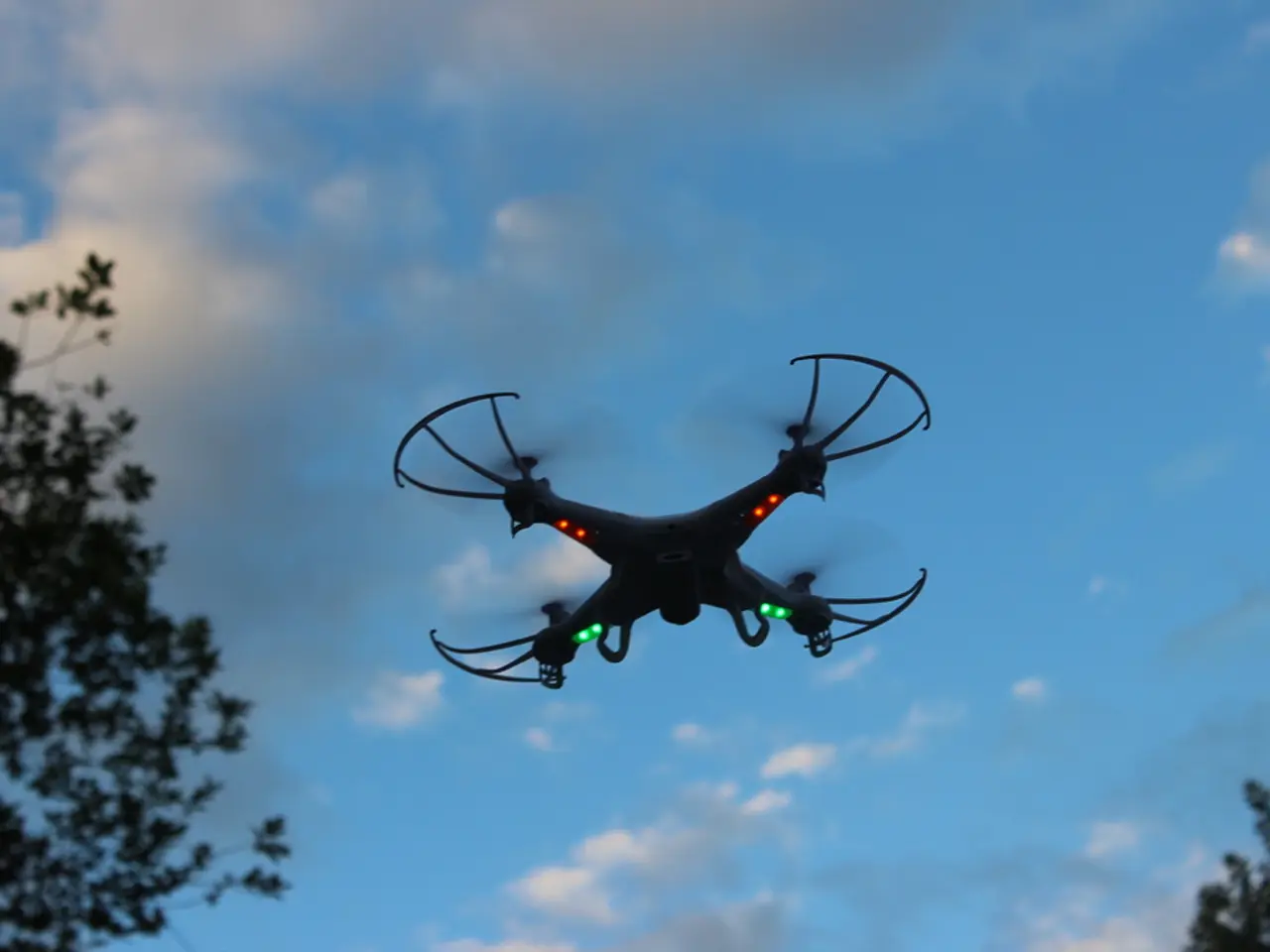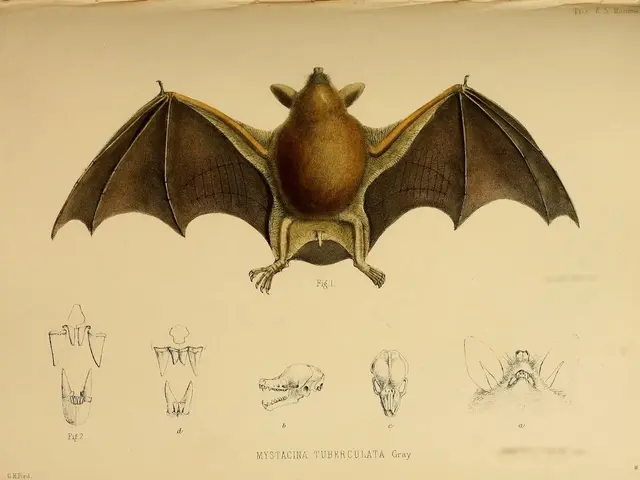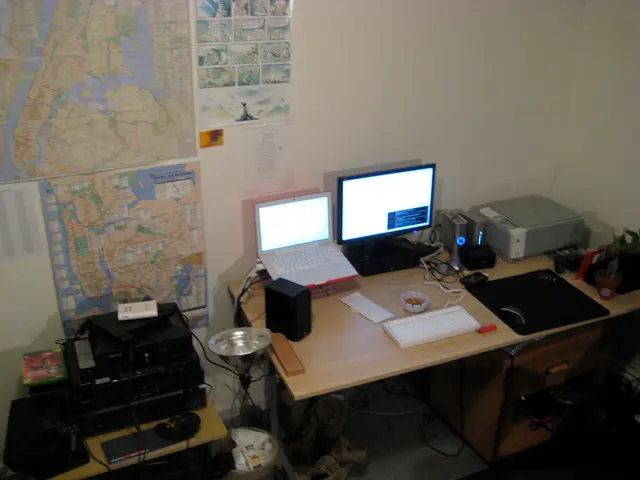Necessity for Nationwide Dialogue on Practical Drone Regulations
The federal government, primarily through the Federal Aviation Administration (FAA), is poised to take control of low-altitude airspace, enabling routine operations of unmanned aircraft systems (UAS), including drones, beyond visual line of sight (BVLOS). This move aims to ensure safety, scalability, and integration with existing air traffic but raises substantial implications for privacy, property rights, innovation, and regulation of drone technology.
The FAA has proposed comprehensive, performance-based regulations to normalize BVLOS operations of UAS at low altitudes, covering package delivery, surveillance, and other commercial uses. These rules intend to provide predictable and scalable access to the airspace while ensuring safety through infrastructure such as ground-based surveillance and integrated traffic management systems.
New federal-accepted frameworks like the Near-Term Approval Process (NTAP) allow third-party surveillance services to help safely manage the vast areas lacking traditional radar coverage. This enables multiple operators to coexist safely, fostering a dynamic low-altitude environment akin to "roads in the sky," facilitating new mobility and delivery models.
However, federal jurisdiction over airspace above private property means states generally do not control drone overflight rights at low altitude. This generates tension around privacy, as drones can collect data or surveil over private land. Recent federal rules include tightening privacy and security measures, attempting to balance innovation with individual rights. However, the expanding use of drones raises ongoing debates about property owners’ control over the airspace above their land.
The establishment of corridors and corridors such as the Charlotte-Atlanta advanced air mobility corridor demonstrates how federal regulation supports innovation by creating test beds for eVTOL aircraft and UAS. These corridors serve as models for integrating new aerial technologies into the national transport fabric while balancing multiple agencies' roles in oversight and policy.
The 2024 FAA Reauthorization Act and the Unmanned and Autonomous Flight Advisory Committee have accelerated regulatory reforms addressing operational and technical standards for low-altitude UAS. Final BVLOS rules are expected soon, which will streamline commercial drone and urban air mobility operations but will also impose stricter privacy and security protocols.
The Congress is currently discussing a bill that could lead to the widespread use of UAS at very low altitudes across the United States. If passed, the bill will free university drones to support cutting-edge research in fields such as aeronautical engineering, archaeology, and agriculture, without invading backyards or disrupting quiet afternoons. The bill is backed by nearly 30 U.S. universities and three higher-education associations.
On the other hand, recent enforcement actions by the FAA are raising concerns about tightening restrictions on drone flights. Aviation industry proponents view the quiet space just above our homes as the next frontier in commercial aviation, a "public highway" for a multi-billion-dollar industry. However, the concern that 70 percent of the unmanned aircraft that the FAA has approved for commercial use are engineered and manufactured in China due to restrictive regulations is also a pressing issue.
In conclusion, federal control orchestrated by the FAA is central to managing low-altitude airspace, focusing on safety and scalability of drone and eVTOL operations. While this promotes innovation and opens economic opportunities, it also intensifies concerns over privacy and property rights, necessitating ongoing regulatory refinement to balance these competing interests.
References:
- FAA Reauthorisation Bill Could Give Federal Government Control Over All Airspace
- FAA Reauthorization Bill: What It Means for Drones
- FAA Reauthorization Bill: What It Means for Drones
- FAA Reauthorization Bill: What It Means for Drones
- FAA Reauthorization Bill: What It Means for Drones
Technology plays a significant role in the proposed regulations for drone operations, with the FAA considering infrastructure like ground-based surveillance and integrated traffic management systems to ensure safety. (First sentence) The use of drones is projected to expand further in the future, as a bill under discussion in Congress could allow their widespread usage at very low altitudes, potentially fostering research in various fields such as aeronautical engineering and agriculture. (Second sentence)




